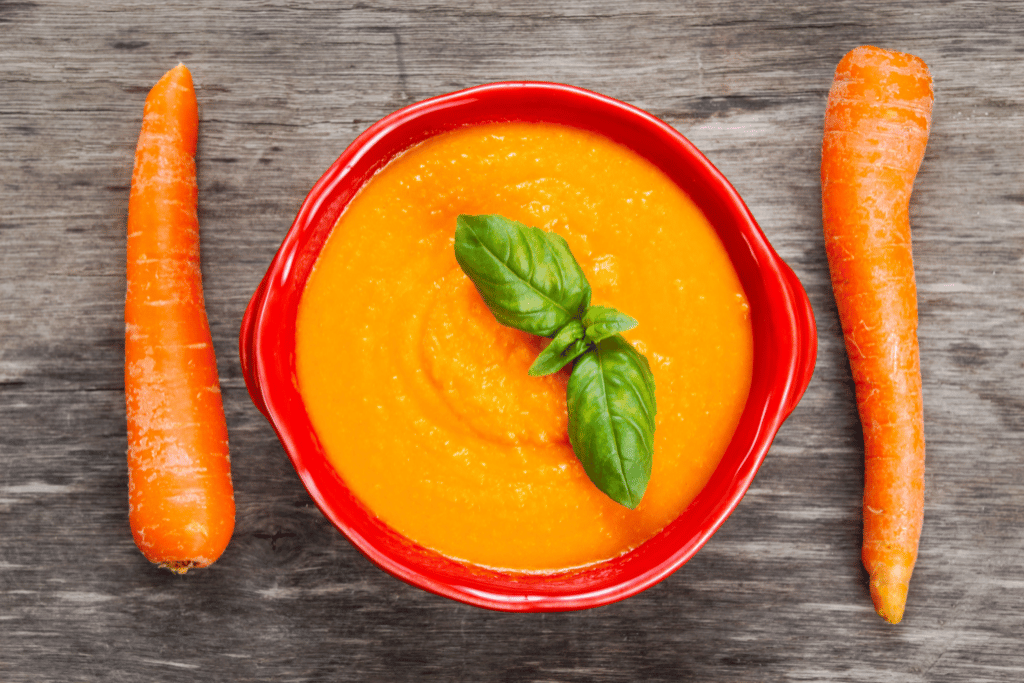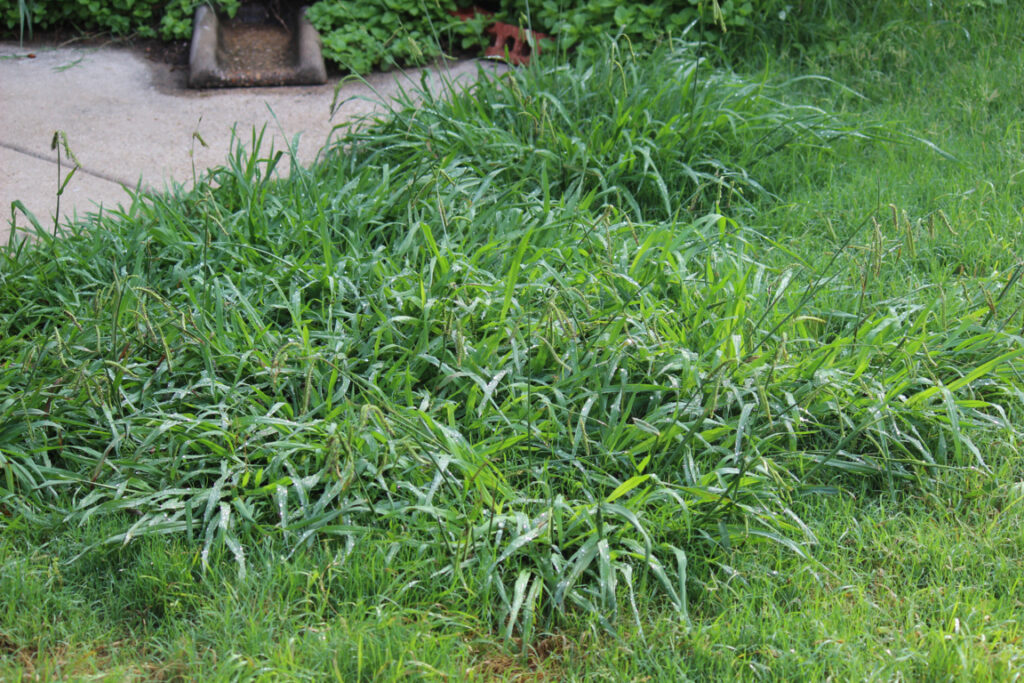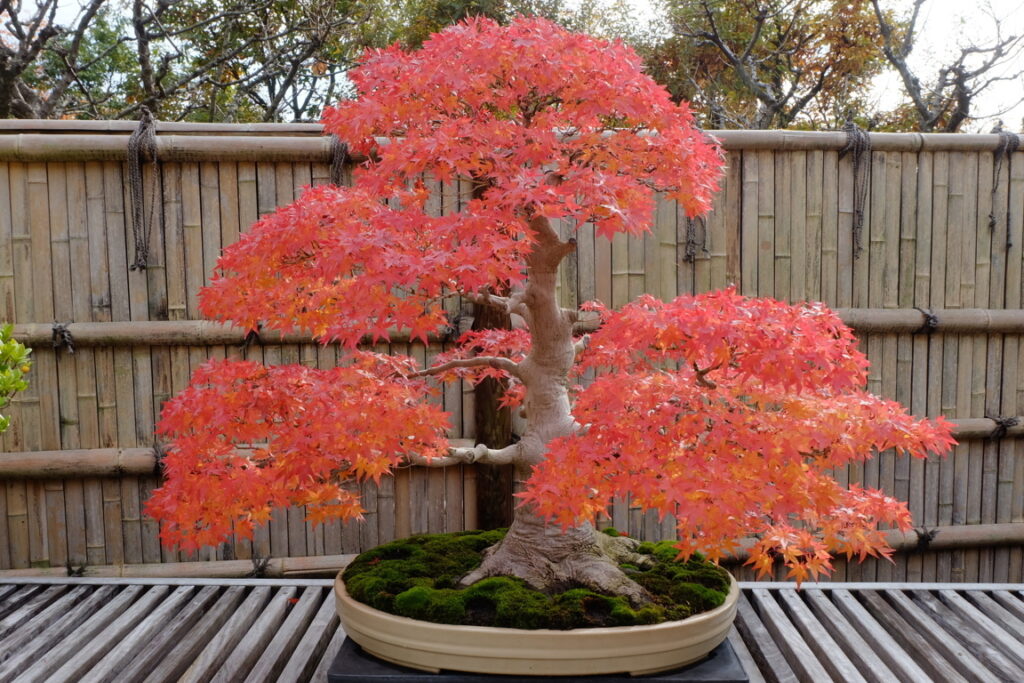
You can never have too much basil.
That’s what I say anyway, even during the peak summer months when the delicious herb is most plentiful.
The abundance of tomatoes, peppers, garlic and other fresh produce invitingly welcomes the essence of basil as a keystone ingredient, unlocking the ultimate flavor potential of the menagerie of these warm-season crops.
Basil’s flavor on its own is quite magical; nibbling on a leaf here and there while perusing the bounty of my garden is potent enough to give me a noticeable buzz.
Yet paired with other vegetables and herbs, we can experience its highest potential. Blended with tomatoes to make mouth-watering marinara sauce, served in a green salad with fresh mozzarella or whipped up into a homemade pesto, basil shines in a multitude of culinary exploits.
Because basil combines seamlessly with other summer garden crops, it should come as no surprise that it is also a steadfast companion in the garden.
Curiously, basil grows well alongside fruits, vegetables and herbs that are all typically cooked together. I believe we inherently take direction from nature’s cues by incorporating plants that please our palate into the same growing spaces in the garden.
Let’s explore what it is about basil that makes it the ideal companion herb to grow in your garden.
What Makes Basil a Worthy Garden Companion?
Basil’s positive attributes aren’t limited to its amazing flavor and versatility in cooking. It brings about many more benefits while growing in the garden.
Pest Repellent
Like many herbs, basil has an undeniable aroma that is derived from the essential oils it produces. Its fragrance and flavor are irresistible to us humans but are despised by loads of standard garden pests. Planting basil throughout the garden will repel bad bugs like mosquitoes, asparagus beetles, flies, thrips, tomato hornworms, thrips and more.
Growth, Health and Flavor Enhancer
Another major advantage of basil as a companion is the fact that it can encourage flavor enhancement of neighboring crops. It may be difficult to believe but anecdotal and scientific evidence point to the validity of this traditional knowledge. And it just makes sense that plants that have evolved together throughout the millennia can affect each other in this intricate way.
Beneficial Host
Basil’s flowers will attract a plentitude of beneficial insects to your garden. Count on admiring all types of buzzing bees and fluttering butterflies among your garden plants. Their presence will lead to larger yields and stronger biodiversity throughout the landscape.
Benefits from Others
However, basil does have its own antagonistic pests it must deal with. These include familiar garden nuisances like Japanese beetles, aphids and slugs.
Read on to find out which plants will benefit from basil’s companionship and what to plants will protect it from a pest invasion.
If you follow this guide, you’ll witness the miracle of Mediterranean companion planting in your own garden.
Garlic
As we often observe in the garden, the strong scent of allium plants deter a majority of the pest population. Garlic works exceptionally well when paired with basil.
It is effective in deterring critters like rodents, rabbits and deer that might want to chomp down your basil plant.
Both plants, basil and garlic, efficiently ward off pests like spider mites, aphids and whiteflies. The two classic crops enhance each other’s flavor and promote overall garden health, vitality and production.
The shoots of fall-planted garlic will be emerging by late spring, around the time basil can be transplanted into the garden. Try interplanting basil in between your rows of garlic to fortify the area as a strict no-pest zone.
Just call it your pesto patch and enjoy the melding of the two impeccable flavors come harvest time through the summer into fall.
Read this article to find out how alliums like onions and garlic are the ultimate companion plants in the garden.

Tomatoes
What tomato sauce or soup would be complete without the addition of fresh, green basil leaves? The two crops are highlights of the summer garden and work as well in the garden as they do in the kitchen.
Basil positively affects the growth rate, health and flavor of tomatoes. That fact alone earns basil the triple crown companion award. Tomato plants return the favor by intensifying the taste of their broad-leafed companion.
Forget about the pesticides when you plant basil with your tomatoes. It will repel aphids, whiteflies and the dreaded tomato hornworm. Basil will also bring in beneficial pollinators, helping you yield more flavorful and abundant harvests of your favorite summer fruit.
Instead of traditional rows of tomatoes, try alternating basil every other plant. Or just sneak in a few basil plants on the ends of rows or in any open spaces near tomato plants.
Whatever you do, plan on taking advantage of this power couple when mapping out your garden space.

Asparagus
Teamed up together basil and asparagus promote overall good health in the garden by attracting the likes of ladybugs and other beneficials. Predatory insects help to control the pest population. Notably, basil will repel asparagus beetles, preserving the green spears from its main enemy.
Among the tall shoots of asparagus plant some basil and let the crops mingle and develop a mutually beneficial partnership. They’ll improve each other’s growth and the strong spears will shield your basil from sudden wind gusts.

Peppers
Basil will thrive when grown among any type of pepper. The improvement of flavor is apparent in both crops if they’re grown alongside one another. Don’t worry about common pests like thrips, spider mites or aphids bothering your peppers when they’re paired with basil.
Like with tomatoes, basil can be alternately planted in between your pepper. The two will grow harmoniously, fending off pests and drawing in beneficial pollinators. Expect to see a boost in your pepper plant growth and production when basil is kept as a close companion.

Carrots
Basil’s powerful aroma will ward off many pests, protecting the greens and roots of your carrots. Carrot flies especially are turned off by the presence of basil, a huge reason to keep basil nearby in the garden.

Beets
Too many times during the growing season I’ve seen beet greens become a target of pests. With basil as a companion those tasty greens will be preserved and end up on your dinner plate rather than being devoured by hungry pests.
Incredibly, basil can improve the earthy flavor of sweet beet roots.

Potatoes
Like many other root crops, the flavor of potatoes is improved by the companionship of basil. Not only that, the broad, strong scented leaves of basil will prevent troublesome pests like potato beetles, aphids and flea beetles.
It is also believed that the Mediterranean herb will help potatoes establish a strong root system that leads to an abundant harvest of tasty tubers.
Potatoes take up lots of space so try planting basil at the corners of your potato bed. Or you could keep some potted basil plants in the vicinity.

Broccoli and Other Brassicas
Brassicas are notorious for being plagued by gross caterpillar pests that hatch, gobble up green foliage and defecate all over your vegetables. Basil puts up a strong defense against devastating pests like cabbage worms and cabbage loopers.
Broccoli, cabbage, cauliflower, Brussels sprouts, kohlrabi and kale are heavy feeders but don’t hesitate to plant some basil nearby. Just plan to water and feed well throughout the year to ensure a healthy and clean brassica crop.

Borage
The Mediterranean herb borage is an all-around great companion plant. It significantly improves the health and pollination of surrounding plants by attracting numerous beneficial insects to its unique, edible flowers.
Originating from the same regions, borage grows exceptionally well alongside basil. It also benefits the same types of crops that basil helps, making this combination a perfect one-two companion planting punch.

Marigolds
Another flowering plant that intensifies basil’s companion qualities is the marigold. Both have strong fragrances that pests can’t stand. Marigolds are well known for keeping away rodents, rabbits and deer that may want to nip at your lush, green basil.
Marigold roots emit a chemical that drives away nematodes, adding another layer of defense for your basil. The two together make powerful allies and are capable of keeping your garden safe from aphids, beetles, slugs and snails.
Like basil, marigolds grow well with tomatoes and peppers and they can all be planted together as a happy family in the same row or bed.

Nasturtium
A highly regarded companion plant, nasturtium grows rapidly and produces vivid, edible orange flowers. It can be used as a diversion or trap crop that takes on the brunt of aphid attacks. Nasturtium is resilient and can withstand these pest invasions and will still produce beautiful green, creeping foliage and its signature bright flowers.

Parsley
Basil and parsley grow well together side by side. They require the same conditions: Even moisture, full sun and well-draining soil.
Pair them together and plant them in the same space as other plants with the same growing requirements.

Oregano
Two essential ingredients of an excellent Italian seasoning, basil and oregano are fast friends in the garden. The two Mediterranean herbs will cooperate to deepen the complexity of each other’s potent flavors and medicinal qualities. Oregano increases the essential oil content of other surrounding herbs as well.
Basil and oregano paired together in the garden are an excellent tandem for deterring pests. The beautiful, dainty flowers of oregano will attract plenty of beneficial pollinators.
Oregano and basil are staples for every herb garden. Grow them together successfully and enjoy their complementary flavors for your next pizza night!

Cilantro
Basil and cilantro both need the same growing conditions and will grow well paired together.

Chamomile
The tiny, cheerful flowers of chamomile are a tremendous addition to any herb garden. And when planted next to basil, watch out!
The presence of chamomile increases essential oil production in basil, thereby significantly enhancing its flavor and pest-repelling capacity.
Chamomile will also attract a slew of beneficial insects and pollinators.

Chives
Basil benefits in a few ways when it shares the company of chives.
The pungent allium will help to keep pests away from your basil. Chives also increase the amount of essential oil basil leaves produce, thereby improving their flavor and strengthening their pest-fighting abilities.

Anise
Anise, like previously mentioned herbs, boosts essential oil production in basil. This makes the herb more powerful and potent in flavor, medicinal qualities and as a pest repellant.
Anise also draws in beneficial predatory wasps which feed on pesky aphids.

What NOT to Plant With Basil
As we’ve seen, basil gets along well with most common garden plants, giving you plenty of options for pairings and groupings. However, it does not jive with everything you might want to grow. Keep your basil away from these plants for the best results.
Thyme
Basil prefers to be kept moist at all times whereas thyme prefers drier conditions, even tolerating sandy, poor soils. The two simply can’t coexist in the same planting space together based on their differing growing requirements. However, if kept in separate pots or containers, basil and thyme will grow just fine next to each other.
And don’t worry because thyme makes an exceptional companion plant for plenty of other garden staples.
Sage
Sage is like thyme in that it would rather grow in dry conditions. It’s best to keep basil and sage separated in the garden.
Cucumbers
Because cucumbers are mostly made up of water, basil can greatly affect their flavor, causing them to grow bitter. Both cucumbers and basil require plenty of water, nutrients and sunlight and may become competitors if grown in the same space.
Fennel
The growth of basil, as well as all other plants, is inhibited by certain competitive chemicals released by fennel. This characteristic earns fennel a spot on every do NOT plant list.



